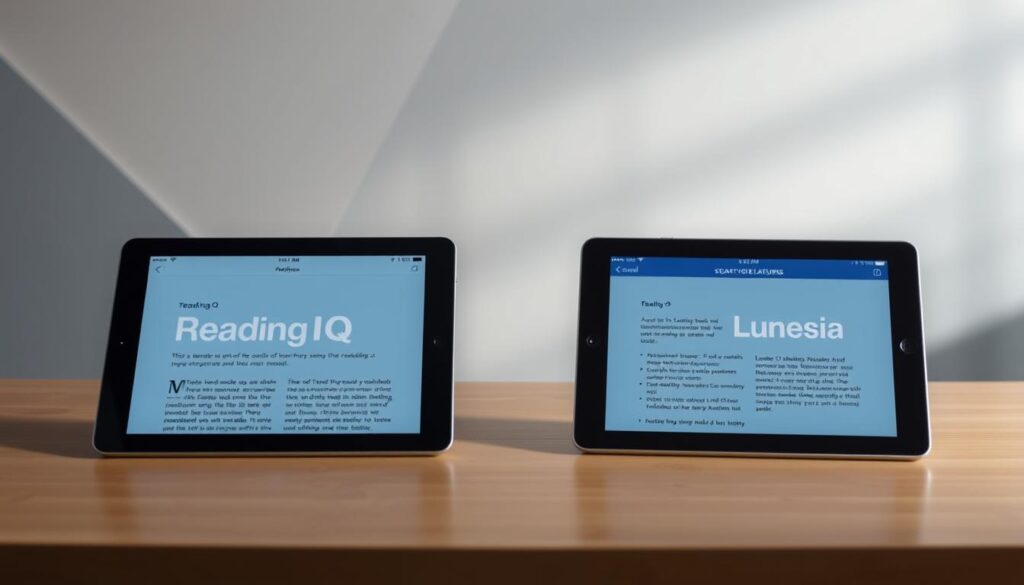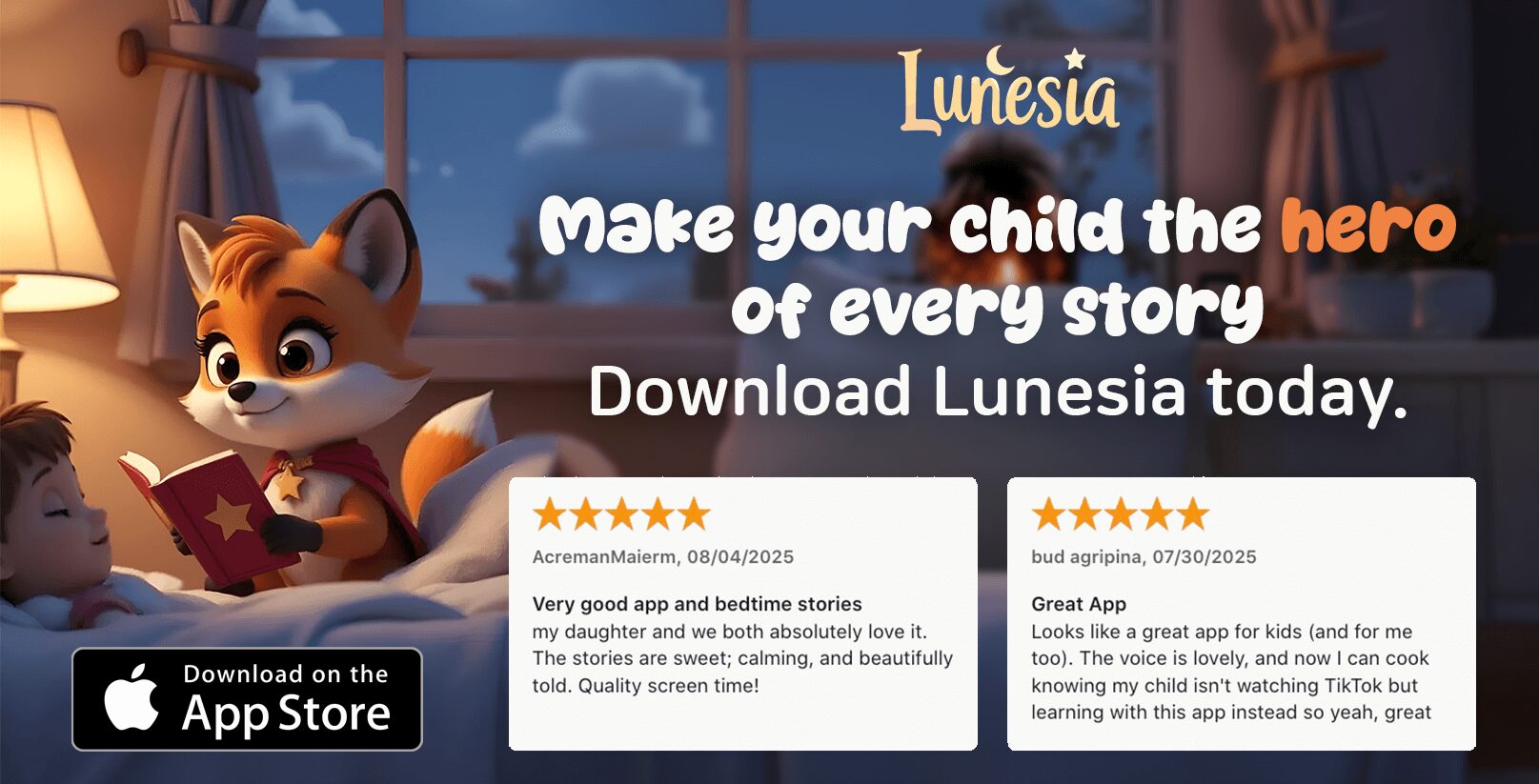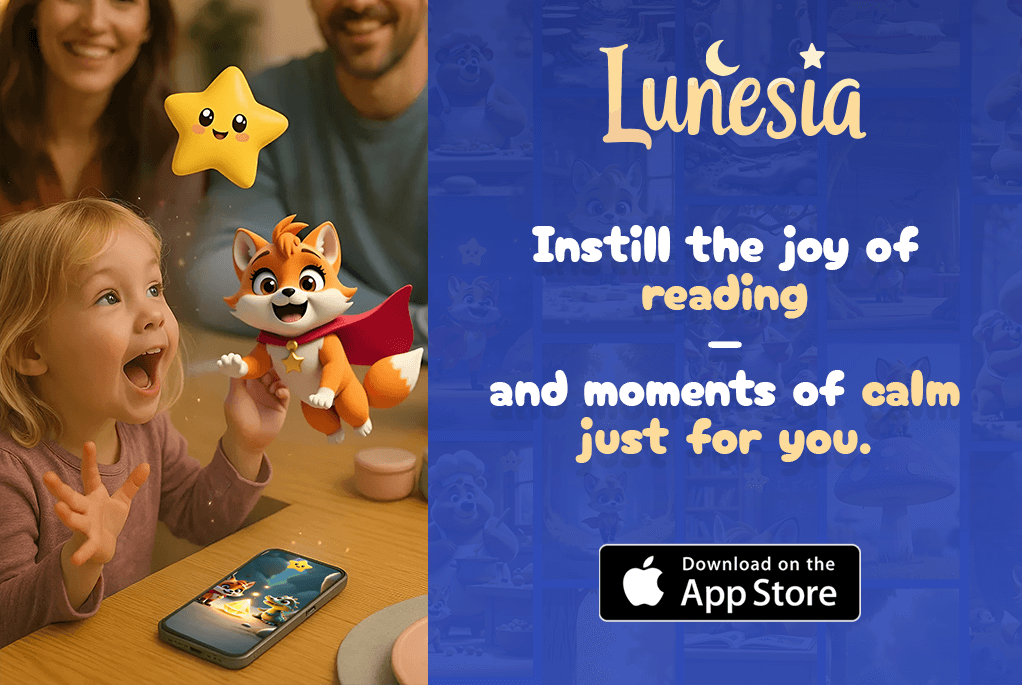As a parent and former educator, I’ve seen firsthand the impact that the right reading material can have on a child’s literacy development. With the rise of digital libraries, parents now have more options than ever to provide their children with access to a vast array of books.
In this article, we’ll explore two popular digital reading platforms that are changing the way children experience reading. We’ll compare the structured approach of one platform with the immersive storytelling experience of the other, helping you determine which one better suits your child’s reading level and interests.
By examining the content libraries, user interfaces, and pricing models of these platforms, you’ll gain a clearer understanding of how they can support your child’s literacy development, both in the classroom and at home.
Understanding Digital Reading Platforms for Children
Digital reading platforms have become an essential resource for parents and educators seeking to foster a love of reading in children. As a parent or teacher, you’re likely aware of the importance of reading in a child’s development, but finding the right tools to encourage this habit can be challenging.
Digital reading platforms offer a convenient and engaging solution, providing access to a vast library of books tailored to individual reading levels and interests.
The Rise of Digital Libraries for Young Readers
The digital landscape for children’s reading has undergone a significant transformation. With the rise of digital libraries, young readers now have access to a vast array of titles that cater to their diverse interests and reading abilities. This shift has been driven by the need for more personalized and engaging reading experiences.
Seven out of 10 teachers report that students would greatly benefit from more parental involvement in reading outside of school. However, only one-third of parents know their child’s reading level, highlighting a significant gap in parental involvement.
Why Parents and Teachers Are Turning to Digital Reading Solutions
Parents and teachers are embracing digital reading platforms for several reasons. These platforms offer a range of benefits, including the ability to track reading minutes, monitor student progress, and provide access to a diverse range of titles. For instance, digital platforms make it easier to ensure that students are reading for the recommended 15-60 minutes per day outside of school.
| Benefits | Features |
|---|---|
| Personalized reading experience | Tailored to individual reading levels and interests |
| Tracking reading minutes | Monitoring student progress and reading habits |
| Access to diverse titles | Variety of books catering to different interests |
| On-the-go reading options | Convenient for parents juggling multiple responsibilities |
By leveraging these digital solutions, parents and teachers can work together to foster a love of reading in children. For more information on how digital reading platforms can support your child’s reading journey, you can visit https://lunesia.app/reading/.
ReadingIQ: A Comprehensive Overview
With the rise of digital reading platforms, ReadingIQ stands out by providing a comprehensive and engaging experience for young readers. As a parent or educator, you’re likely always on the lookout for innovative ways to encourage reading in children, and ReadingIQ is certainly worth considering.

What Is ReadingIQ?
ReadingIQ is a digital library designed for children, offering a vast collection of high-quality books and titles across various genres and reading levels. This platform is carefully curated by literacy experts to ensure that the content is not only engaging but also appropriate for young readers.
Key Features and Reading Levels
One of the standout features of ReadingIQ is its ability to cater to different reading levels and preferences. The platform includes a wide range of Star Wars, Disney, Pixar, and Marvel titles, making it particularly appealing to reluctant readers who are drawn to popular franchises. Additionally, ReadingIQ offers educational content from renowned publications like National Geographic, blending entertainment with learning.
The platform’s library is regularly updated with new titles, ensuring that the content remains fresh and aligned with children’s evolving interests. Furthermore, ReadingIQ includes both fiction and nonfiction options, helping children develop well-rounded reading habits and explore diverse topics.
Book Selection and Content Library
ReadingIQ’s content library is truly impressive, featuring thousands of high-quality books across various genres and reading levels. The inclusion of “surprise books” adds an element of discovery, making the experience of choosing new books more exciting for young readers. With read-aloud functionality available for many titles (indicated by a sound icon), even pre-readers can enjoy the extensive library independently.
Lunesia: Exploring the Immersive Reading Platform

Lunesia is redefining the reading experience for children with its immersive storytelling and interactive features. As a platform designed to foster a love for reading, Lunesia offers a unique blend of entertainment and education.
What Is Lunesia?
Lunesia is an immersive reading platform that provides children with a vast library of engaging stories and educational content. It’s designed to be both fun and informative, making it an excellent tool for parents and teachers looking to encourage reading habits in children.
Immersive Story Experience and Features
Lunesia’s standout feature is its ability to immerse young readers in captivating stories. The platform includes a range of genres such as adventure, mystery, and science fiction, including popular themes like Star Wars. Teachers can assign specific stories to their class or individual students, tracking completion and comprehension in real-time.
The interactive elements keep children engaged, making reading a fun experience rather than a chore. With features like offline reading options, students can access their favorite titles even without an internet connection.
Content Library and Reading Options
Lunesia’s content library is filled with original stories created specifically for the platform, offering fresh narratives that aren’t available elsewhere. The platform organizes content by themes, reading levels, and interest categories, making it easy for students to find stories that appeal to them.
The library includes special themed collections around holidays, seasons, and popular topics, ensuring that there’s always something new to look forward to. With regular updates and new content additions, Lunesia keeps the reading experience fresh and exciting for young readers.
ReadingIQ or Lunesia Choices: Head-to-Head Comparison
In the world of digital reading, two platforms stand out: ReadingIQ and Lunesia. Both offer unique approaches to fostering a love for reading in children, but they differ significantly in their methodologies.
Guided Reading Levels vs. Immersive Story Approach
ReadingIQ focuses on guided reading levels, providing a vast library of over 7,000 titles tailored to various reading levels. This approach is beneficial for children who need to improve their reading skills through leveled reading. On the other hand, Lunesia adopts an immersive story approach, engaging children with interactive stories that might not be as focused on reading levels but on the experience. For instance, Lunesia’s interactive storytelling can be a great way to keep children engaged.
| Feature | ReadingIQ | Lunesia |
|---|---|---|
| Reading Approach | Guided Reading Levels | Immersive Storytelling |
| Library Size | Over 7,000 titles | Smaller, interactive collection |
| Focus | Reading skill development | Engaging reading experience |
User Interface and Accessibility
Both platforms prioritize user interface and accessibility, ensuring that children can navigate through the apps easily. ReadingIQ’s interface is designed to be simple and intuitive, allowing students to access assigned books with ease. Lunesia, on the other hand, uses a more interactive and engaging interface that can captivate young readers. In terms of accessibility, both platforms are available on multiple devices, making it easy for families to access the content on their preferred device.
Pricing and Value Comparison
Pricing is a crucial factor for many families. ReadingIQ offers a subscription model at $7.99 monthly or $39.99 annually, with discounts available throughout the year. Notably, ReadingIQ provides free classroom access for teachers, allowing them to assign books to students without a subscription. Lunesia’s pricing structure is similar but focuses on the value of its interactive features. When evaluating cost versus value, consider the extensive library of ReadingIQ versus Lunesia’s engaging, interactive stories.
In conclusion, the choice between ReadingIQ and Lunesia depends on what you value most in a digital reading platform. If you’re looking for a vast library and a focus on reading skills, ReadingIQ might be the better choice. If you prefer an immersive and interactive reading experience, Lunesia could be the way to go.

User Experience: Parents, Teachers, and Children
As we dive into the world of digital reading, it’s essential to examine how ReadingIQ and Lunesia are experienced by their diverse user base. The interaction between the platforms and their users—teachers, parents, and children—plays a significant role in their effectiveness.
Teacher and Classroom Implementation
Teachers find ReadingIQ’s structured approach particularly useful for classroom implementation, as it allows them to track student progress through various reading levels. In contrast, Lunesia’s immersive storytelling can be used to supplement traditional reading curricula, offering an engaging way to develop comprehension skills.
Parent Perspectives and Home Use
Parents appreciate the flexibility and accessibility of both platforms, allowing children to read at home. The reward system in ReadingIQ motivates children to read more, while Lunesia’s interactive stories keep them engaged. Parents have observed that their children are more enthusiastic about reading with these digital tools.
Child Engagement and Reading Progress
Children’s engagement varies between the two platforms based on their learning styles. Analytical readers prefer ReadingIQ’s leveled books, while creative thinkers enjoy Lunesia’s choice-based stories. A comparative analysis of child engagement is presented below:
| Feature | ReadingIQ | Lunesia |
|---|---|---|
| Engagement Metric | Reading minutes and level progress | Story completion and comprehension checks |
| Learning Style | Analytical readers | Creative thinkers |
| User Preference | Structured reading approach | Immersive storytelling |
Both platforms have been successful in increasing reading engagement among children, with the choice between them often depending on individual learning preferences and teaching styles.
Conclusion: Choosing the Right Digital Reading Platform
Choosing between ReadingIQ and Lunesia depends on your child’s reading needs and your goals as a parent or teacher. If you’re focused on structured reading level advancement, ReadingIQ is an excellent choice, offering a comprehensive library and clear level progression. On the other hand, if you’re looking to engage reluctant readers with immersive storytelling, Lunesia might be the better option.
Consider trying both platforms during their free trial periods to see which one captures your child’s interest. For teachers, ReadingIQ’s alignment with classroom reading levels and free teacher account access makes it a valuable educational resource. Ultimately, the best digital reading platform is one that your child will use consistently to build reading skills and literacy. Your ongoing involvement in your child’s reading journey is crucial, as digital tools support but don’t replace the value of reading discussions and shared experiences.
FAQ
What is the main difference between ReadingIQ and Lunesia?
ReadingIQ focuses on guided reading levels, while Lunesia offers an immersive story experience. Both platforms cater to different learning needs and styles.
How do I access the digital library on ReadingIQ or Lunesia?
To access the digital library, you need to create an account on either platform. You can sign up using your email address, and some platforms may also offer Google or Facebook authentication.
Can I track my child’s reading progress on these platforms?
Yes, both ReadingIQ and Lunesia allow you to track your child’s reading progress. You can monitor their reading level, time spent reading, and other metrics through the parent or teacher dashboard.
Are the books on ReadingIQ and Lunesia aligned with my child’s school curriculum?
While the platforms offer a wide range of books, it’s best to check with your child’s teacher to see if the content aligns with their curriculum. Some books may be more geared towards general reading and literacy skills.
Can I use ReadingIQ or Lunesia on multiple devices?
Yes, both platforms are accessible on multiple devices, including tablets, smartphones, and computers. You can download their respective apps or access them through their websites.
How do I create a teacher account on ReadingIQ or Lunesia?
To create a teacher account, you’ll typically need to sign up on the platform’s website, providing some basic information about your school or educational institution. Some platforms may require verification of your teaching credentials.
Are there any National Geographic books available on these platforms?
ReadingIQ has a vast collection of books, including some from National Geographic Kids. Lunesia also features a diverse range of books, but the availability of National Geographic titles may vary.
Can I review the content before assigning it to my child or students?
Yes, both platforms allow you to review the content. You can browse through the library, read reviews, and check the reading level of the books to ensure they’re suitable for your child or students.
How do I help my child find books that match their reading level on these platforms?
Both ReadingIQ and Lunesia offer features that help you find books at your child’s reading level. You can use the reading level filter or take advantage of the personalized recommendations based on your child’s reading history.




